Audi e-tron GT vs BYD Seal U – Which car suits you better?
Both models have their strengths – but which one suits you more?
Compare performance, efficiency, price and space directly: Audi e-tron GT or BYD Seal U?
Costs and Efficiency:
Looking at overall running costs, both models reveal some interesting differences in everyday economy.
BYD Seal U has a decisively advantage in terms of price – it starts at 34300 £, while the Audi e-tron GT costs 93300 £. That’s a price difference of around 59065 £.
In terms of energy consumption, the advantage goes to the Audi e-tron GT: with 17.90 kWh per 100 km, it’s a bit more efficient than the BYD Seal U with 19.90 kWh. That’s a difference of about 2 kWh.
As for range, the Audi e-tron GT performs slightly better – achieving up to 617 km, about 117 km more than the BYD Seal U.
Engine and Performance:
Under the bonnet, it becomes clear which model is tuned for sportiness and which one takes the lead when you hit the accelerator.
When it comes to engine power, the Audi e-tron GT has a significantly edge – offering 843 HP compared to 324 HP. That’s roughly 519 HP more horsepower.
In acceleration from 0 to 100 km/h, the Audi e-tron GT is decisively quicker – completing the sprint in 2.90 s, while the BYD Seal U takes 5.90 s. That’s about 3 s faster.
In terms of top speed, the Audi e-tron GT performs evident better – reaching 250 km/h, while the BYD Seal U tops out at 180 km/h. The difference is around 70 km/h.
There’s also a difference in torque: Audi e-tron GT pulls convincingly stronger with 1027 Nm compared to 550 Nm. That’s about 477 Nm difference.
Space and Everyday Use:
Cabin size, boot volume and payload all play a role in everyday practicality. Here, comfort and flexibility make the difference.
Seats: BYD Seal U offers somewhat more seating capacity – 5 vs 4.
In curb weight, BYD Seal U is noticeable lighter – 1940 kg compared to 2355 kg. The difference is around 415 kg.
In terms of boot space, the BYD Seal U offers distinct more room – 552 L compared to 405 L. That’s a difference of about 147 L.
When it comes to payload, Audi e-tron GT to a small extent takes the win – 485 kg compared to 410 kg. That’s a difference of about 75 kg.
Who wins the race?
The Audi e-tron GT proves to be leaves the rival little chance and therefore becomes our DriveDuel Champion!
Audi e-tron GT is the better all-rounder in this comparison.
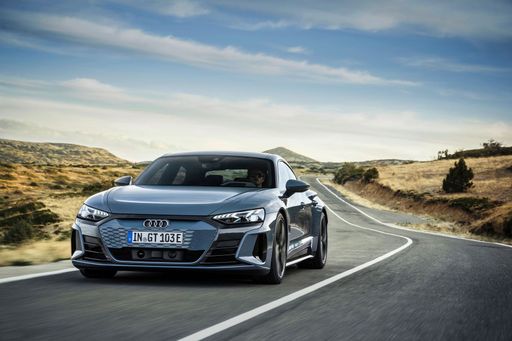
Audi e-tron GT
Audi e-tron GT
The Audi e-tron GT showcases a harmonious blend of luxurious design and electrifying performance, making it a standout in the realm of electric vehicles. Its sleek, aerodynamic contours are not just for show; they contribute to a driving experience that's as smooth as it is exhilarating. Inside, the cabin exudes an air of sophistication, offering cutting-edge technology and premium materials that speak to Audi's commitment to quality and innovation.
details @ audi-mediacenter.com
@ audi-mediacenter.com
 @ audi-mediacenter.com
@ audi-mediacenter.com
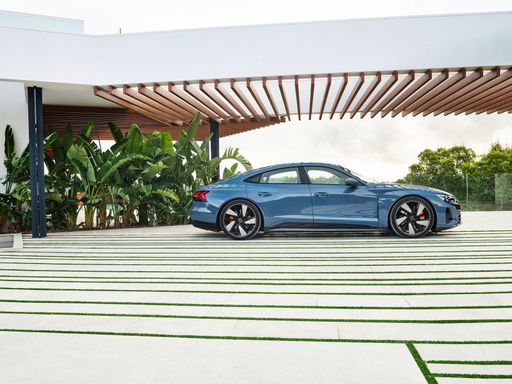 @ audi-mediacenter.com
@ audi-mediacenter.com
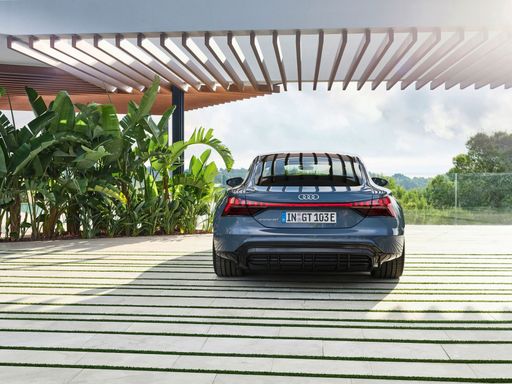 @ audi-mediacenter.com
@ audi-mediacenter.com
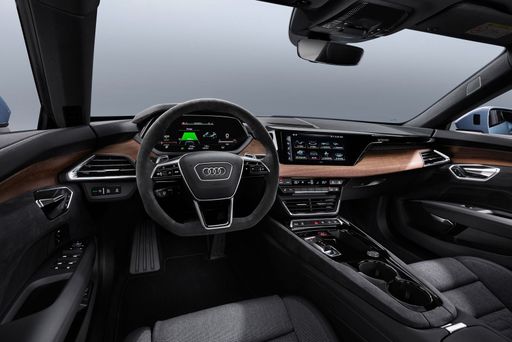 @ audi-mediacenter.com
@ audi-mediacenter.com
 @ audi-mediacenter.com
@ audi-mediacenter.com
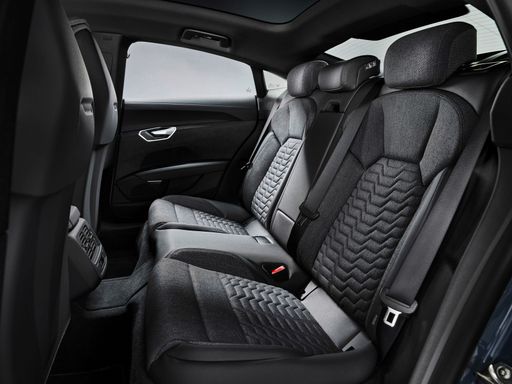 @ audi-mediacenter.com
@ audi-mediacenter.com
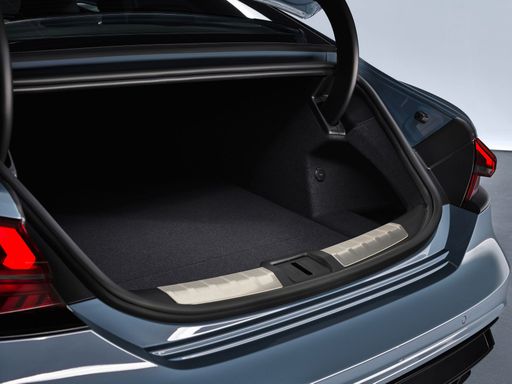 @ audi-mediacenter.com
@ audi-mediacenter.com
BYD Seal U
The BYD Seal U presents itself as a sophisticated addition to the electric vehicle market, blending sleek design with cutting-edge technology. Its modern aesthetic is complemented by a spacious interior, offering both comfort and functionality for drivers and passengers alike. With advanced features prioritising sustainability and performance, it represents a bold step forward in eco-friendly motoring.
details @ press.bydauto.be
@ press.bydauto.be
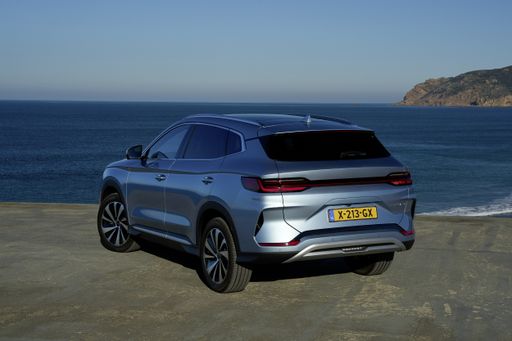 @ press.bydauto.be
@ press.bydauto.be
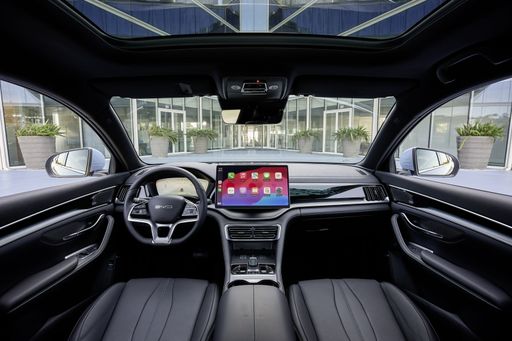 @ press.bydauto.be
@ press.bydauto.be

|

|
|
|
|
Costs and Consumption |
|
|---|---|
|
Price
93300 - 137600 £
|
Price
34300 - 39800 £
|
|
Consumption L/100km
-
|
Consumption L/100km
0.4 - 1.2 L
|
|
Consumption kWh/100km
17.9 - 19 kWh
|
Consumption kWh/100km
19.9 - 20.5 kWh
|
|
Electric Range
582 - 617 km
|
Electric Range
70 - 500 km
|
|
Battery Capacity
97 kWh
|
Battery Capacity
-
|
|
co2
0 g/km
|
co2
0 - 26 g/km
|
|
Fuel tank capacity
-
|
Fuel tank capacity
60 L
|
Dimensions and Body |
|
|---|---|
|
Body Type
Coupe
|
Body Type
SUV
|
|
Seats
4
|
Seats
5
|
|
Doors
4
|
Doors
5
|
|
Curb weight
2355 - 2395 kg
|
Curb weight
1940 - 2147 kg
|
|
Trunk capacity
350 - 405 L
|
Trunk capacity
425 - 552 L
|
|
Length
4997 - 5004 mm
|
Length
4775 - 4785 mm
|
|
Width
1964 mm
|
Width
1890 mm
|
|
Height
1379 - 1394 mm
|
Height
1668 - 1670 mm
|
|
Max trunk capacity
-
|
Max trunk capacity
1440 - 1465 L
|
|
Payload
455 - 485 kg
|
Payload
410 kg
|
Engine and Performance |
|
|---|---|
|
Engine Type
Electric
|
Engine Type
Plugin Hybrid, Electric
|
|
Transmission
Automatic
|
Transmission
Automatic
|
|
Transmission Detail
Reduction Gearbox
|
Transmission Detail
CVT, Reduction Gearbox
|
|
Drive Type
All-Wheel Drive
|
Drive Type
Front-Wheel Drive, All-Wheel Drive
|
|
Power HP
592 - 843 HP
|
Power HP
218 - 324 HP
|
|
Acceleration 0-100km/h
2.9 - 4 s
|
Acceleration 0-100km/h
5.9 - 9.6 s
|
|
Max Speed
245 - 250 km/h
|
Max Speed
170 - 180 km/h
|
|
Torque
625 - 1027 Nm
|
Torque
300 - 550 Nm
|
|
Number of Cylinders
-
|
Number of Cylinders
4
|
|
Power kW
430 - 620 kW
|
Power kW
160 - 238 kW
|
|
Engine capacity
-
|
Engine capacity
1497 - 1498 cm3
|
General |
|
|---|---|
|
Model Year
2024 - 2025
|
Model Year
2024
|
|
CO2 Efficiency Class
A
|
CO2 Efficiency Class
B, A
|
|
Brand
Audi
|
Brand
BYD
|
Is the Audi e-tron GT offered with different drivetrains?
Available configurations include All-Wheel Drive.
The prices and data displayed are estimates based on German list prices and may vary by country. This information is not legally binding.
